Dian Hanson's: The History of Men's Magazines. Volume 1 : From 1900 to Post-WWII
Extraits

Art populaire
Dian Hanson's: The History of Men's Magazines. Volume 1 : From 1900 to Post-WWII
01/2023

Art populaire
Dian Hanson's : The History of Men's Magazines. Volume 2 : From Post-War to 1959
01/2023
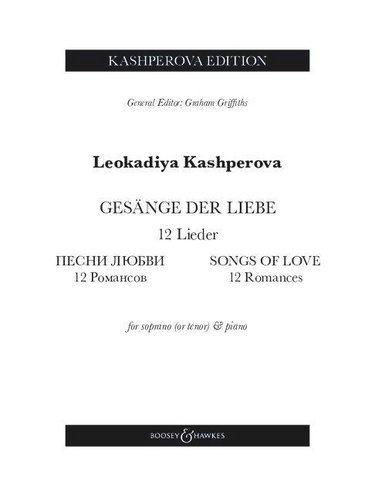
Musique classique
Songs of Love. 12 Romances. 12 Lieder. Soprano (tenor) and piano.
12/2023

Monographies
Loire's castle
03/2024

Histoire internationale
After The Last Ship
04/2014
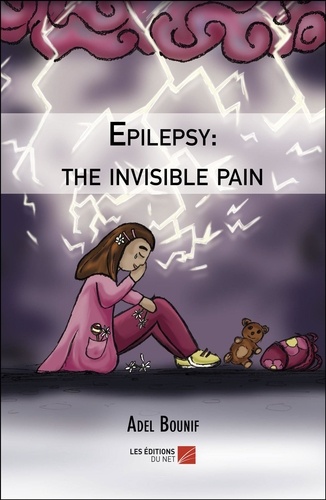
Poésie
Epilepsy: the invisible pain
01/2019
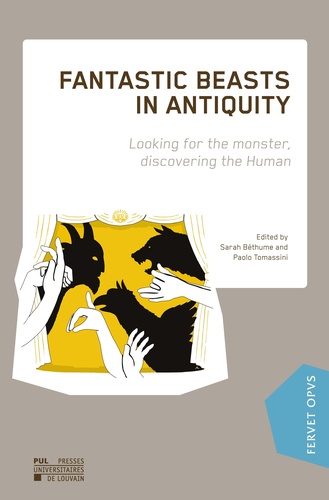
Archéologie
Fantastic Beasts in Antiquity. Looking for the monster, discovering the Human, Textes en français et anglais
02/2021

Littérature française
My Ulster haven
02/2022
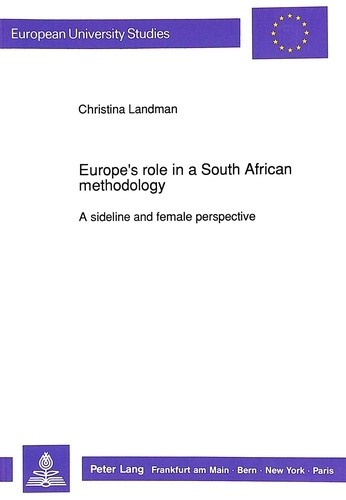
Droit
Europe's Role in a South African Methodology
12/1991

Histoire de la philosophie
Advanced Course in Yogi Philosophy and Oriental Occultism
10/2022

Non classé
Ruling Class Men
02/2007

Histoire et Philosophiesophie
WHY SEX MATTERS. A Darwinian Look at Human Behavior
01/2000

Ecrits sur l'art
Daring French Explorations. Traiblazing Adventures around the World : 1714-1854
02/2024

XXe siècle
Victory will be next ! A Diary, 6th June - 10th August 1944
03/2021
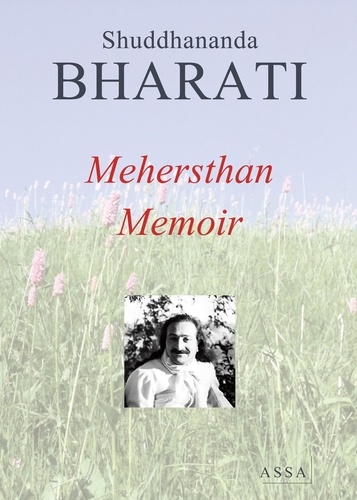
Littérature française
Mehersthan Memoir (Meher Baba)
07/2017

Religion
The Second Story of Creation (Gen 2:4-3:24)
11/2010

Non classé
She’s Leaving Home
06/2011
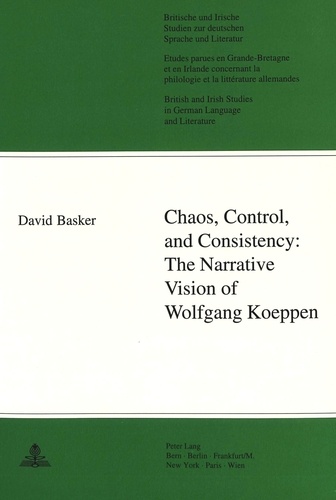
Non classé
Chaos, Control, and Consistency:- The Narrative Vision of Wolfgang Koeppen
06/1993

Monographies
Paris - The Place to be
03/2024
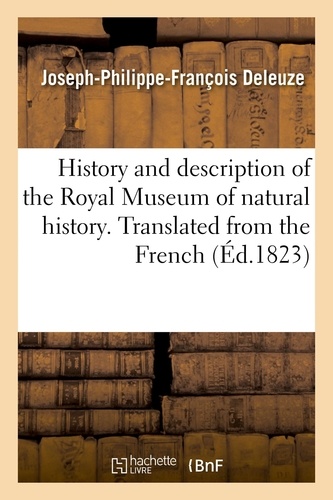
Sciences de la vie
History and description of the Royal Museum of natural history. Translated from the French
03/2021

Critique littéraire
Ancient Greek by Its Translators
02/2022

Non classé
Read Ancient African scripts from any current African language. Volume 2
05/2020
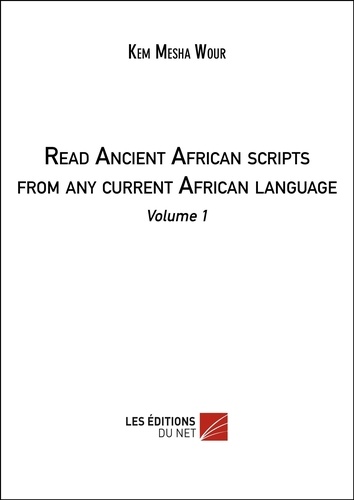
Non classé
Read Ancient African scripts from any current African language. Volume 1
05/2020
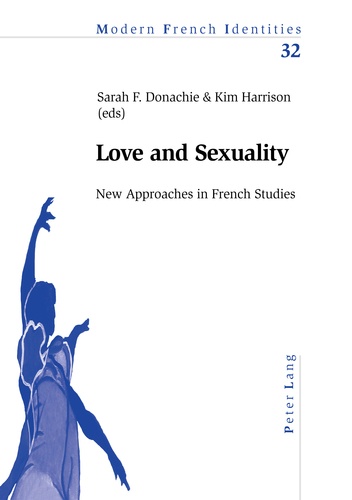
Non classé
Love and Sexuality
07/2005
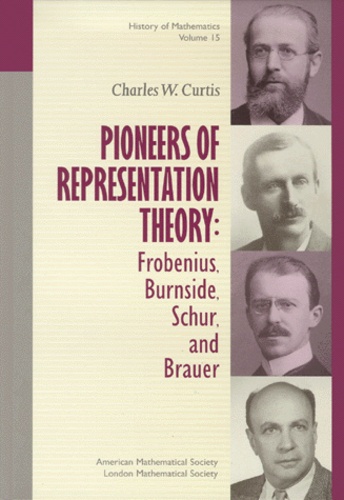
Histoire et Philosophiesophie
PIONEERS OF REPRESENTATION THEORY: FROBENIUS, BURNSIDE, SCHUR, AND BRAUER
01/1999
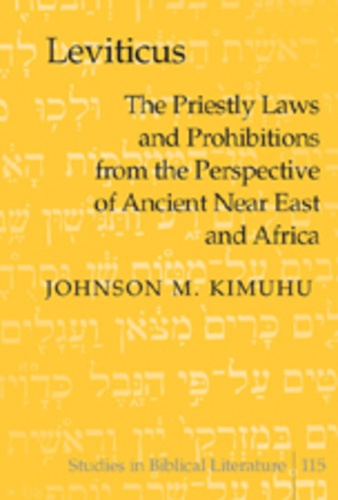
Religion
Leviticus
02/2008
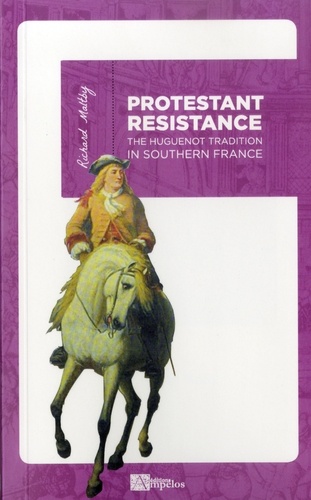
Histoire de France
Protestant resistance (version poche)
07/2018
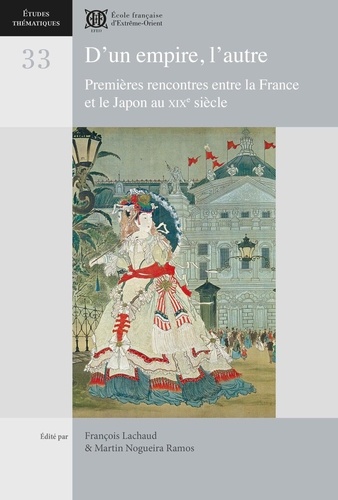
Japon
D’un empire, l’autre. Premières rencontres entre la France et le Japon au XIXe siècle
10/2021

Religion jeunesse
The beautiful dolls of Julia are getting married. Numéro 22
10/2018

Religion jeunesse
The beautiful dolls of Julia are celebrating the assumption of the blessed virgin Mary. Numéro 15
05/2019

